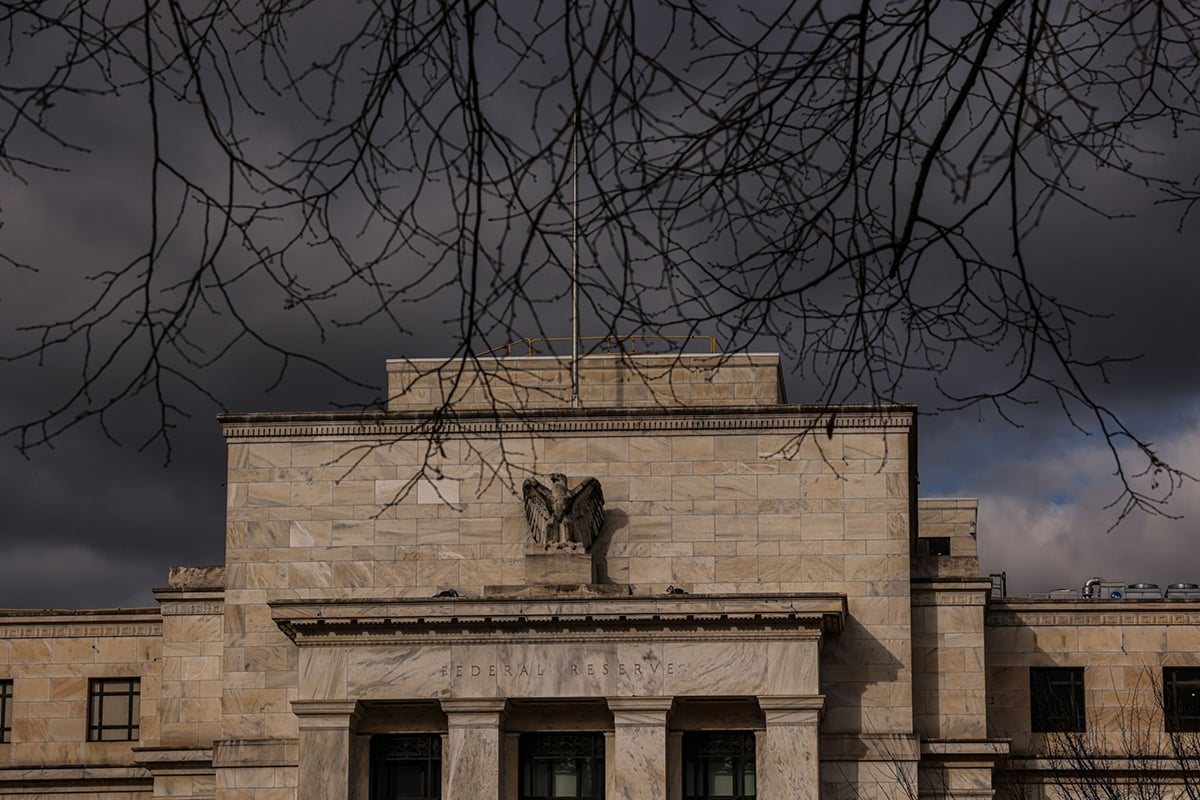 The recent weak jobs report should serve as a wake-up callto economic reality. The news that payrolls expanded by only ameager 120,000 in March was disappointing, but far from momentous.But it should remind investors and business people that earliersigns of strength overstated the economic fundamentals and that therecovery, though reasonably secure, was plodding along and willlikely continue to do so.
The recent weak jobs report should serve as a wake-up callto economic reality. The news that payrolls expanded by only ameager 120,000 in March was disappointing, but far from momentous.But it should remind investors and business people that earliersigns of strength overstated the economic fundamentals and that therecovery, though reasonably secure, was plodding along and willlikely continue to do so.
Economic statistics seem at times to have their own ebb andflow, sometimes overstating and sometimes understating theunderlying fundamentals. Sadly, these often meaningless datavariations can create false feelings about economic possibilities:enthusiasm when the statistical flow leans toward the strong sideor despair when it leans to the soft side. Investors in particularsuccumb to such swings in attitude, but to a lesser extent, so dobusiness people. So it was with the string of unsustainably goodnumbers late in 2011 and earlier this year.
|Unseasonably mild winter weather created a particularlypronounced distortion in the beleaguered housing sector. Sales ofnew and existing homes through February indicated growth of 11.4%and 8.8%, respectively, over the same period in 2011. New homeconstruction showed a gain of almost 35% over a year ago. Thoughthe numbers were welcome signs that the worst of the housing slidehad passed, the degree of strength was suspect. After all, creditstandards at banks remained tight, as they still do, and lendingfor real estate continued to decline. The housing market stillshowed an inventory overhang of unsold properties, both in theofficial statistics and in foreclosures not yet executed. Thedecline in housing prices, by 4%-plus from the comparable period in2011 according to the Case-Shiller Home Price Indices, alsosuggested something less robust than the sales and buildingstatistics implied. The full array of available information wassufficient to conclude stability but little more.
|The jobs figures have followed a similar pattern. Afterdisappointing reports through much of last year, the pace ofpayroll expansion picked up in 2012, with reports of almost 250,000net new jobs created in both January and February. Happy with thedata after a long soft patch, many, it seems, lost sight of thestill subpar nature of even these improved rates of expansion. Pastcyclical recoveries showed payroll gains of 400,000 a month ormore. The basic picture, though improved, still exhibited thecautious management attitudes toward hiring that have dominatedsince 2009 and for the same reasons, the uncertainty and legacy offear after an especially difficult recession. As with other aspectsof the economy, the recovery in jobs was still plodding. It washardly surprising, then, that there would be a month or two of evenless adequate jobs growth. And that arrived with the meager payrollgrowth for March.
|The unemployment rate has offered a similarly false signal offaster improvement than the fundamentals can support. Falling from9.1% of the workforce last August to 8.2% more recently, on thesurface the figures suggested considerable progress in turning thejobs market around. But much of this improvement reflecteddecisions by frustrated job seekers to abandon their searches andexit the workforce altogether. Because unemployment statistics onlycount those actively seeking employment, these dropouts lowered theunemployment rate, even though no one found a job. But theexistence of frustrated job seekers fits the picture of sluggishrecovery. In March, those of working age not in the workforceincreased by 333,000. During the past year, this group has grown byalmost 2.3 million. Though that pattern is not an especiallyencouraging trend and is surely a sign of continued slow growth, ithad quite the opposite impact on the statistics. What is more, anysubstantive uptick in the pace of hiring, even to just 250,000 amonth, will likely tempt these frustrated job seekers back into thesearch and, because they will not likely find jobs immediately,cause a temporary rise in the recorded rate of unemployment. Nodoubt that rise will generate an equally false sense of retreatingfundamentals.
|As weaker statistics remind people of the plodding nature ofthis recovery, the more excitable, no doubt, will speculate againabout a double-dip recession. Such speculation arose in 2010 and2011 on similar stretches of weaker statistics. Both scares werefalse and no more justified by the fundamentals than was the recententhusiasm. If the current spate of soft numbers causes anothersuch scare, it too would likely be wrong.
|In the meantime, the underlying message of continued slowprogress in this economy's recovery is clear. Business people haveto continue to position themselves for uninspiring growth. Forinvestors, the slow growth will also be less than inspiring, but,crucially, it can support an earnings expansion that, givenstill-cheap market valuations, should propel equity markets higher,despite the distinct absence of an economic boom.
|Complete your profile to continue reading and get FREE access to Treasury & Risk, part of your ALM digital membership.
Your access to unlimited Treasury & Risk content isn’t changing.
Once you are an ALM digital member, you’ll receive:
- Critical Treasury & Risk information including in-depth analysis of treasury and finance best practices, case studies with corporate innovators, informative newsletters, educational webcasts and videos, and resources from industry leaders.
- Exclusive discounts on ALM and Treasury & Risk events.
- Access to other award-winning ALM websites including PropertyCasualty360.com and Law.com.
*May exclude premium content
Already have an account? Sign In
© 2024 ALM Global, LLC, All Rights Reserved. Request academic re-use from www.copyright.com. All other uses, submit a request to [email protected]. For more information visit Asset & Logo Licensing.







